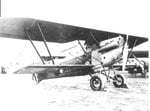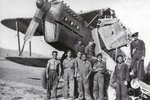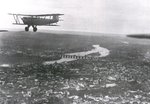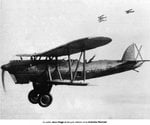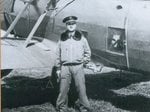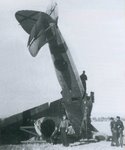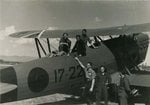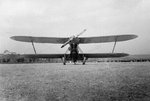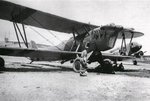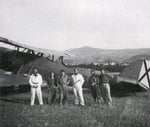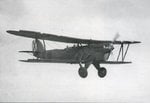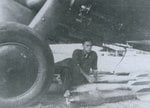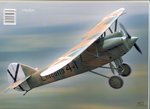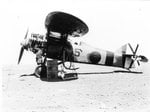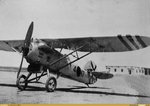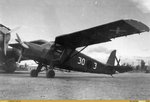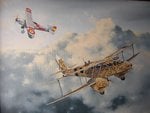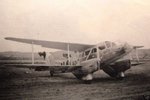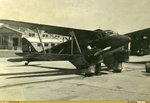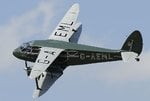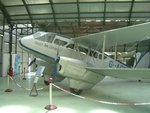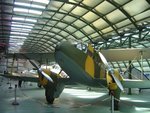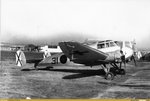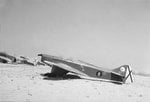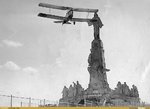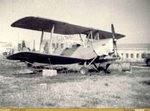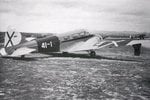- Thread starter
- #201
Potez 25 (also written as Potez XXV) was a French twin-seat, single-engine biplane designed during the 1920s. A multi-purpose fighter-bomber, it was designed as a line plane and used in a variety of roles, including fighter and escort missions, tactical bombing and reconnaissance missions. In the late 1920s and early 1930s, Potez 25 was the standard multi-purpose plane of over 20 air forces, including French, Polish and American. It was also popular among private operators, notably mail transport companies.
So desperate was the need for aircraft in the Republican zone during the Civil War, the Basque government did not hesitate to buy the Estonian government eight or ten dilapidated Potez 25 surplus of military aircraft. Throughout the spring of 1937, as Spanish Nationalist forces relentlessly progressed through the province of Biscay on their way to Bilbao, the Basque Government aircraft constantly asked the government of Valencia, as the imbalance of power between enemy aircraft and itself was overwhelming, which partly explains bloody episodes as the bombing of Guernica and Durango. With characteristic usage penny-pinching policy weapons, the government of the Republic sent a handful of devices. The Basque government bought the Potez 25 but could not use them because the aircraft did not arrive until summer, and were landed at Gijon. There they formed along with a few Polikarpov I-16 and other aircraft a motley crew who tried in vain to stop the bombers nationalists until the fall of Gijon, in October 1937.
So desperate was the need for aircraft in the Republican zone during the Civil War, the Basque government did not hesitate to buy the Estonian government eight or ten dilapidated Potez 25 surplus of military aircraft. Throughout the spring of 1937, as Spanish Nationalist forces relentlessly progressed through the province of Biscay on their way to Bilbao, the Basque Government aircraft constantly asked the government of Valencia, as the imbalance of power between enemy aircraft and itself was overwhelming, which partly explains bloody episodes as the bombing of Guernica and Durango. With characteristic usage penny-pinching policy weapons, the government of the Republic sent a handful of devices. The Basque government bought the Potez 25 but could not use them because the aircraft did not arrive until summer, and were landed at Gijon. There they formed along with a few Polikarpov I-16 and other aircraft a motley crew who tried in vain to stop the bombers nationalists until the fall of Gijon, in October 1937.
Attachments
Last edited:

